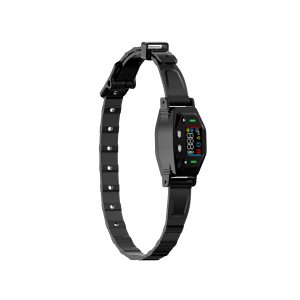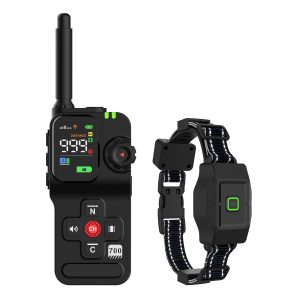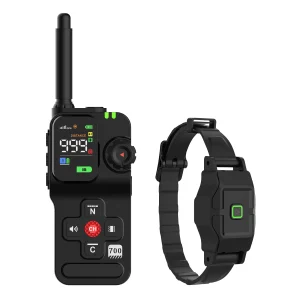Wired vs Wireless Dog Fence: Finding the Best Containment Solution for Your Furry Friend
In the world of pet ownership, ensuring your dog’s safety is a top priority. Choosing the right type of dog fence is crucial to prevent your furry friend from wandering off into potential danger. When it comes to dog fences, two popular options are wired and wireless systems. Let’s dive into the pros and cons of each to help you make an informed decision for your beloved companion.
Wired Dog Fence
If you are looking for a reliable and customizable containment solution, a wired dog fence might be the ideal choice. These systems consist of a wire buried underground around the perimeter of your property. The wire emits a signal that interacts with your dog’s collar, delivering a mild correction if your pet tries to breach the boundary.
One of the key advantages of a wired dog fence is the precision it offers in setting boundaries. You have the flexibility to define the exact area where your dog can roam freely, which is beneficial for homes with unique layouts or specific areas that need protection. Additionally, wired fences are known for their consistency in signal transmission, making them reliable for containing even the most adventurous pups.
Wireless Dog Fence
On the other hand, wireless dog fences are a convenient option for pet owners seeking an easy-to-install alternative. These systems operate using a transmitter that creates a circular boundary around your home. When your dog approaches the perimeter, the collar receives a signal that prompts a corrective action, deterring your pet from crossing the line.
The primary advantage of a wireless dog fence is its simplicity. With no wires to bury or maintain, installation is hassle-free, making it an attractive choice for those looking for a quick containment solution. Wireless fences are also portable, allowing you to set up boundaries wherever you go, making them perfect for RV trips or vacations with your furry companion.
Choosing the Right Fence for Your Dog
While both wired and wireless dog fences have their merits, the best choice ultimately depends on your unique needs and preferences. Consider factors such as your property size, dog’s temperament, and training requirements before making a decision. If you value precise boundaries and have the time for installation, a wired dog fence may be the way to go. On the other hand, if you prioritize convenience and portability, a wireless dog fence could be a better fit.
Remember that whichever option you choose, proper training is essential to ensure your dog understands and respects the boundaries set by the fence. With patience, consistency, and love, you can provide your furry friend with a safe and secure environment to thrive in.
Conclusion
When it comes to wired vs wireless dog fences, there is no one-size-fits-all solution. Each type has its own unique benefits and considerations, so take the time to evaluate your needs and choose the fence that aligns best with your lifestyle and your dog’s behavior. By investing in the right containment system, you can give your pet the freedom to explore while keeping them safe within the boundaries you set.




